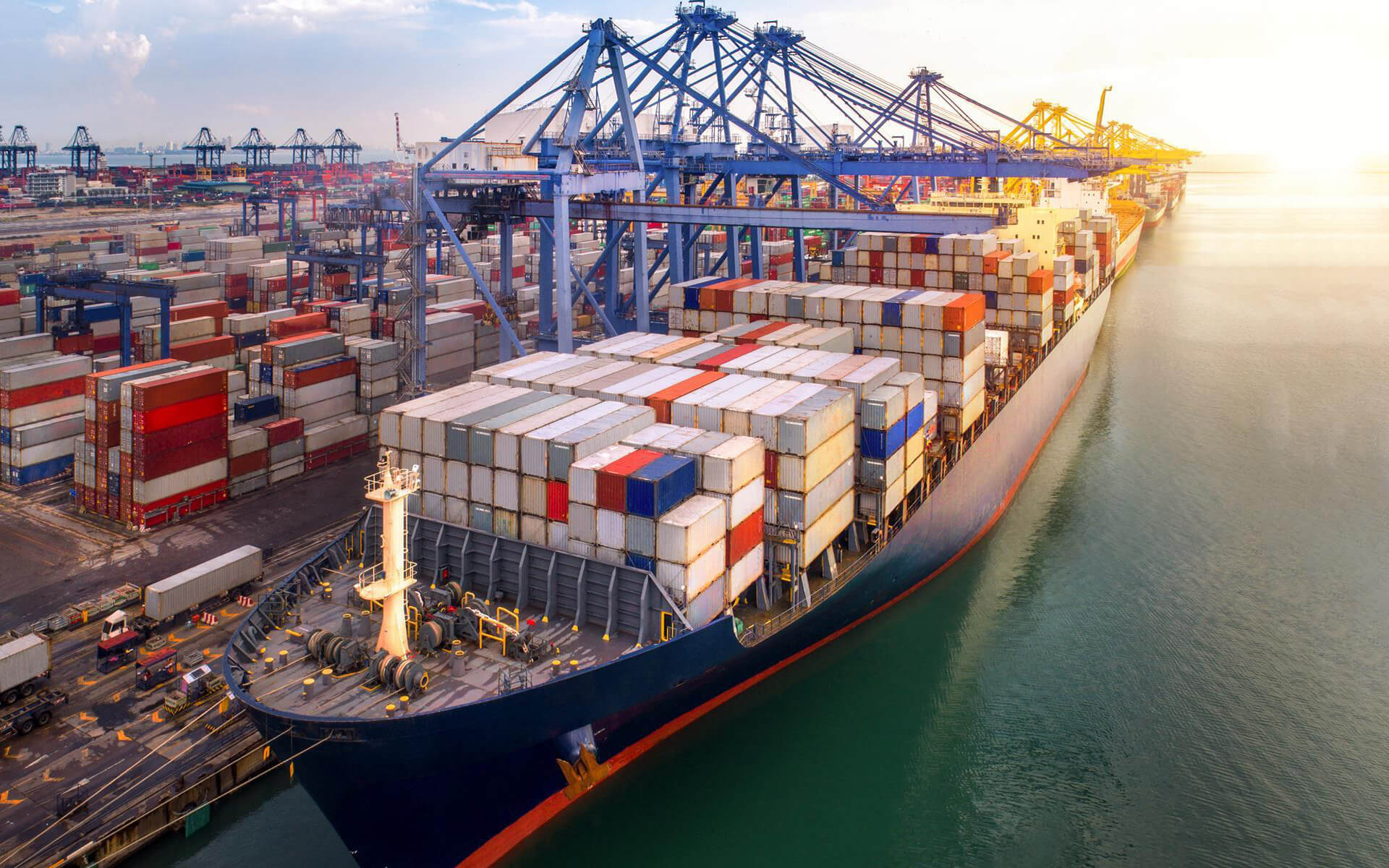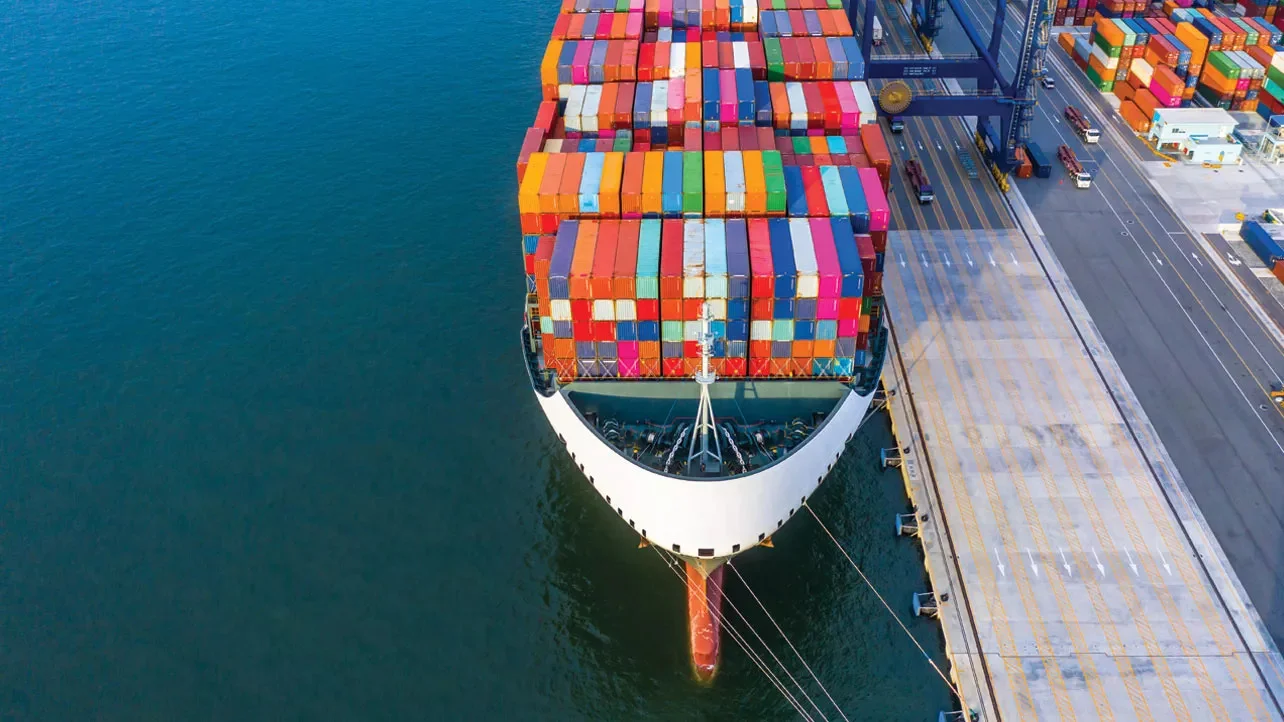
The United States, with its vast coastline and extensive network of rivers, boasts some of the busiest and biggest ports in the world. These ports are crucial hubs for international trade, facilitating the movement of goods across the globe. In this article, we will explore the top busiest and biggest ports in the USA, highlighting their significance, key features, and the role they play in the nation’s economy.
1. Port of Los Angeles
Location: Los Angeles, California
The Port of Los Angeles, often referred to as America’s Port, is the busiest container port in the United States. It handles a substantial volume of cargo, making it a key gateway for trade between the U.S. and Asia. The port covers 7,500 acres and features 43 miles of waterfront.
Key Features:
- Handles over 9 million TEUs (Twenty-Foot Equivalent Units) annually.
- State-of-the-art facilities for cargo handling and storage.
- Extensive rail and road connections for efficient inland transportation.
2. Port of Long Beach
Location: Long Beach, California
Adjacent to the Port of Los Angeles, the Port of Long Beach is another major hub on the West Coast. Together, these two ports form the San Pedro Bay Port Complex, one of the world’s largest and busiest seaport complexes.
Key Features:
- Handles around 8 million TEUs annually.
- Known for its advanced environmental initiatives and sustainable practices.
- Modern terminals equipped to handle a variety of cargo types.
3. Port of New York and New Jersey
Location: New York, New York / Newark, New Jersey
The Port of New York and New Jersey is the busiest port on the East Coast. It serves as a critical entry point for goods entering the northeastern United States and is a vital hub for international trade.
Key Features:
- Handles over 7 million TEUs annually.
- Extensive network of terminals and piers.
- Significant investments in infrastructure to accommodate larger vessels.
4. Port of Savannah
Location: Savannah, Georgia
The Port of Savannah is one of the fastest-growing ports in the United States. It is a crucial gateway for trade in the southeastern U.S., known for its efficient operations and strategic location.
Key Features:
- Handles over 4 million TEUs annually.
- Home to the largest single-terminal container facility in North America.
- Major distribution hub for goods traveling to and from the Midwest.
5. Port of Houston
Location: Houston, Texas
The Port of Houston is a major player in the global oil and gas industry, but it also handles a significant amount of containerized cargo. It is the largest port in the Gulf of Mexico in terms of total tonnage.
Key Features:
- Handles over 3 million TEUs annually.
- Extensive petrochemical facilities and terminals.
- Robust infrastructure supporting a variety of cargo types.
6. Port of Seattle-Tacoma (Northwest Seaport Alliance)
Location: Seattle and Tacoma, Washington
The Northwest Seaport Alliance, a partnership between the ports of Seattle and Tacoma, forms one of the largest container gateways in North America. It plays a critical role in trade with Asia and the Pacific Rim.
Key Features:
- Handles around 3.5 million TEUs annually.
- Comprehensive intermodal connections for seamless cargo movement.
- Commitment to sustainable and environmentally friendly practices.
7. Port of Charleston
Location: Charleston, South Carolina
The Port of Charleston is known for its deep harbor and efficient terminal operations. It is a key port for trade in the southeastern United States and continues to expand its capacity.
Key Features:
- Handles around 2.5 million TEUs annually.
- Deepwater harbor capable of accommodating large vessels.
- Modern facilities and ongoing expansion projects.
8. Port of Virginia
Location: Norfolk, Virginia
The Port of Virginia is one of the deepest ports on the East Coast, allowing it to handle some of the largest vessels in the world. It is a critical hub for trade in the Mid-Atlantic region.
Key Features:
- Handles over 3 million TEUs annually.
- State-of-the-art terminals with advanced automation.
- Extensive rail and road connectivity for efficient cargo distribution.
9. Port of Oakland
Location: Oakland, California
The Port of Oakland is a major West Coast port that handles a significant volume of agricultural exports and imports from Asia. It is a vital gateway for goods entering and leaving the San Francisco Bay Area.
Key Features:
- Handles over 2.5 million TEUs annually.
- Major hub for intermodal transport with extensive rail connections.
- Focus on sustainability and reducing environmental impact.
10. Port of Miami
Location: Miami, Florida
The Port of Miami, also known as the “Cruise Capital of the World,” is a major container port as well. It serves as a key gateway for trade between the U.S., Latin America, and the Caribbean.
Key Features:
- Handles around 1.2 million TEUs annually.
- Strategic location for trade with Latin America and the Caribbean.
- Modern infrastructure supporting both container and cruise operations.
The busiest and biggest ports in the USA are essential to the nation’s economy, facilitating the movement of goods and connecting the country to global markets. These ports are equipped with advanced infrastructure and efficient operations to handle the ever-growing volume of international trade. Understanding the significance and capabilities of these ports can help businesses and individuals make informed decisions about their shipping and logistics needs.



